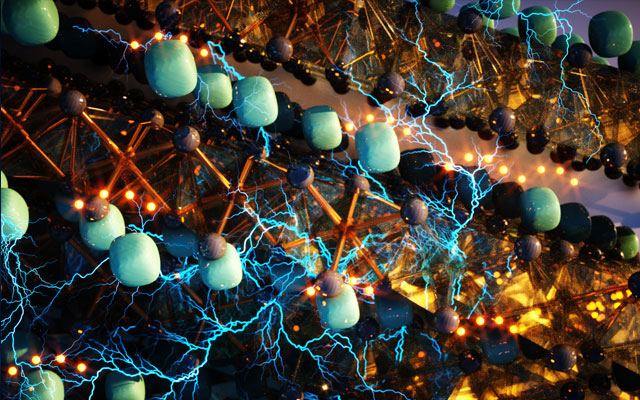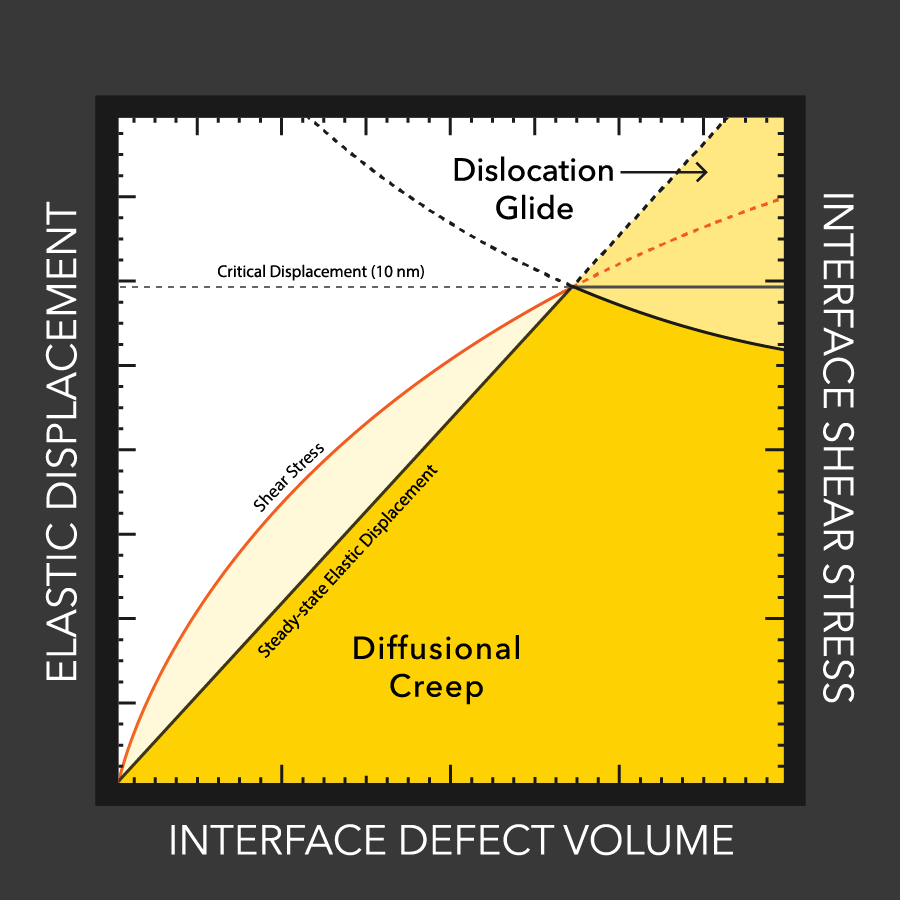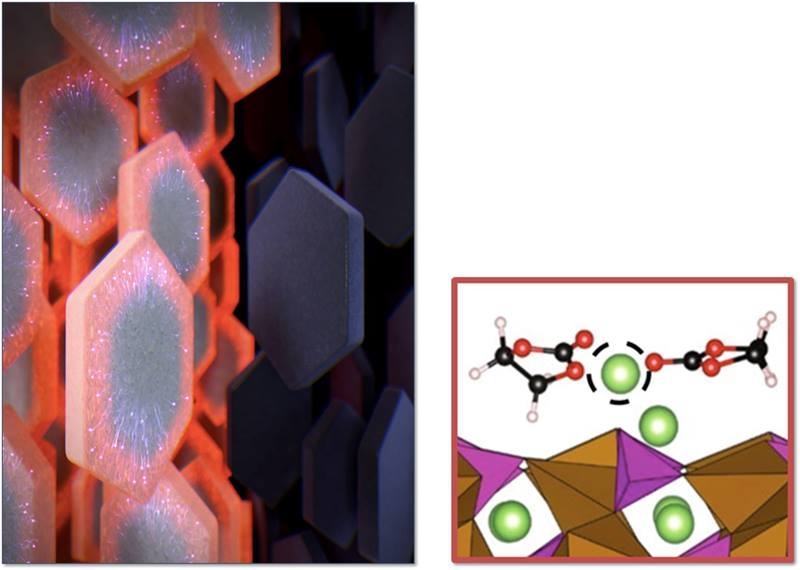Lithium-sulfur batteries have never lived up to their potential as the next generation of renewable batteries for electric vehicles and other devices. But SMU mechanical engineer Donghai Wang and his research team have found a way to make these Li-S batteries last longer – with higher energy levels – than existing renewable batteries. The research team has been able to prevent Li-S batteries from producing an unwanted side effect known as polysulfide dissolution that appears over time, shortening their lifespan.
Tag: Lithium Batteries
Texas Tech Researcher Finds Lithium Ion Batteries a Growing Source of Pollution
The use of certain substances in the batteries is polluting air and water, according to a peer-reviewed study.
Making batteries takes lots of lithium. Almost half of it could come from Pennsylvania wastewater.
A new analysis using compliance data from the Pennsylvania Department of Environmental Protection suggests that if it could be extracted with complete efficiency, lithium from the wastewater of Marcellus shale gas wells could supply up to 40% of the country’s demand. The research is by University of Pittsburgh and National Energy Technology Laboratory scientists.
Cost-effective, high-capacity, and cyclable lithium-ion battery cathodes
Charge-recharge cycling of lithium-superrich iron oxide, a cost-effective and high-capacity cathode for new-generation lithium-ion batteries, can be greatly improved by doping with readily available mineral elements.
Across the Divide: Manufacturing Better Batteries
PNNL battery researcher Jie Xiao collaborates with academic and industry partners to address scientific challenges in manufacturing lithium-based batteries.
WashU Expert: 2023 will be the year of the battery
Major advances in battery technologies will bring us a big step closer this year to large-scale renewable energy goals, international energy independence and a big reduction in greenhouse gases, according to an expert from Washington University in St. Louis. “One of the major challenges to a fully renewable-energy future of wind and solar power is energy storage,” said Michael Wysession, a professor of earth and planetary sciences in Arts & Sciences at Washington University in St.
The Race is On: Nevada is in the Driver’s Seat for Burgeoning Lithium Industry. UNLV economic geologist talks lithium battery supply chain, green energy, and self-sustainability
The ‘Lithium-Ion Battery State’ may not have the same ring to it as ‘Battle-Born’ or ‘Silver State,’ but the reality is that Nevada could soon be a leader in the lithium battery supply chain – potentially giving the U.S. an edge in the arms race for the in-demand metal that’s the key to powering everything from your cell phone to electric vehicles.
Editors’ Choice—Quantification of the Impact of Chemo-Mechanical Degradation on the Performance and Cycling Stability of NCM-Based Cathodes in Solid-State Li-Ion Batteries
The use of solid electrolytes in lithium batteries promises to increase their power and energy density, but several challenges still need to be overcome. One critical issue is capacity-fading, commonly ascribed to various degradation reactions in the composite cathode. Chemical,…

Supercomputers Used to Develop Longer-Lasting, Faster-Charging Batteries
Supercomputers funded by the National Science Foundation are being used to develop more reliable and efficient electric vehicles and other products by focusing on the batteries that power them.

January Snapshots: CO2 removal, water-splitting, battery mystery, thirdhand smoke remediation
January Snapshots: CO2 removal, water-splitting, battery mystery, thirdhand smoke remediation

New Technique Extends Next-Generation Lithium Metal Batteries
Columbia Engineering researchers have found that alkali metal additives, such as potassium ions, can prevent lithium microstructure proliferation during battery use. They used a combination of microscopy, nuclear magnetic resonance, and computational modeling to discover that adding small amounts of potassium salt to a conventional lithium battery electrolyte produces unique chemistry at the lithium/electrolyte interface, and modulates degradation during battery operation, preventing the growth of microstructures and leading to safer, longer lasting batteries.

MTU engineers examine lithium battery defects
Lithium dendrites cause poor performance and even explosions in batteries with flammable liquid electrolytes. How these dendrites grow, even with a solid electrolytes, is still a mystery, but materials engineers at MTU and Oak Ridge study the conditions that enable dendrites and how to stop them.

A New Method to Study Lithium Dendrites Could Lead to Better, Safer Batteries
Lithium ion batteries often grow needle-like structures between electrodes that can short out the batteries and sometimes cause fires. Now, an international team of researchers has found a way to grow and observe these structures to understand ways to stop or prevent their appearance.

A Peek into the Battery Technology Pipeline
With its deep expertise in materials research, materials design, and energy storage
technologies, Berkeley Lab is working on better battery alternatives. Gerbrand Ceder, a battery researcher in the Materials Science Division, details four battery echnologies being studied by Berkeley Lab scientists that could make a big difference in the future.

Scientists Pinpoint Cause of Harmful Dendrites and Whiskers in Lithium Batteries
Scientists have uncovered a root cause of the growth of needle-like structures—known as dendrites and whiskers—that plague lithium batteries, sometimes causing a short circuit or failure. The defects are a major factor holding back the batteries from broader widespread use and further improvement.

End-run Spreads Lithium Throughout Battery Electrodes
Scientists used chemically sensitive X-ray microscopy to map lithium transport during battery operation.